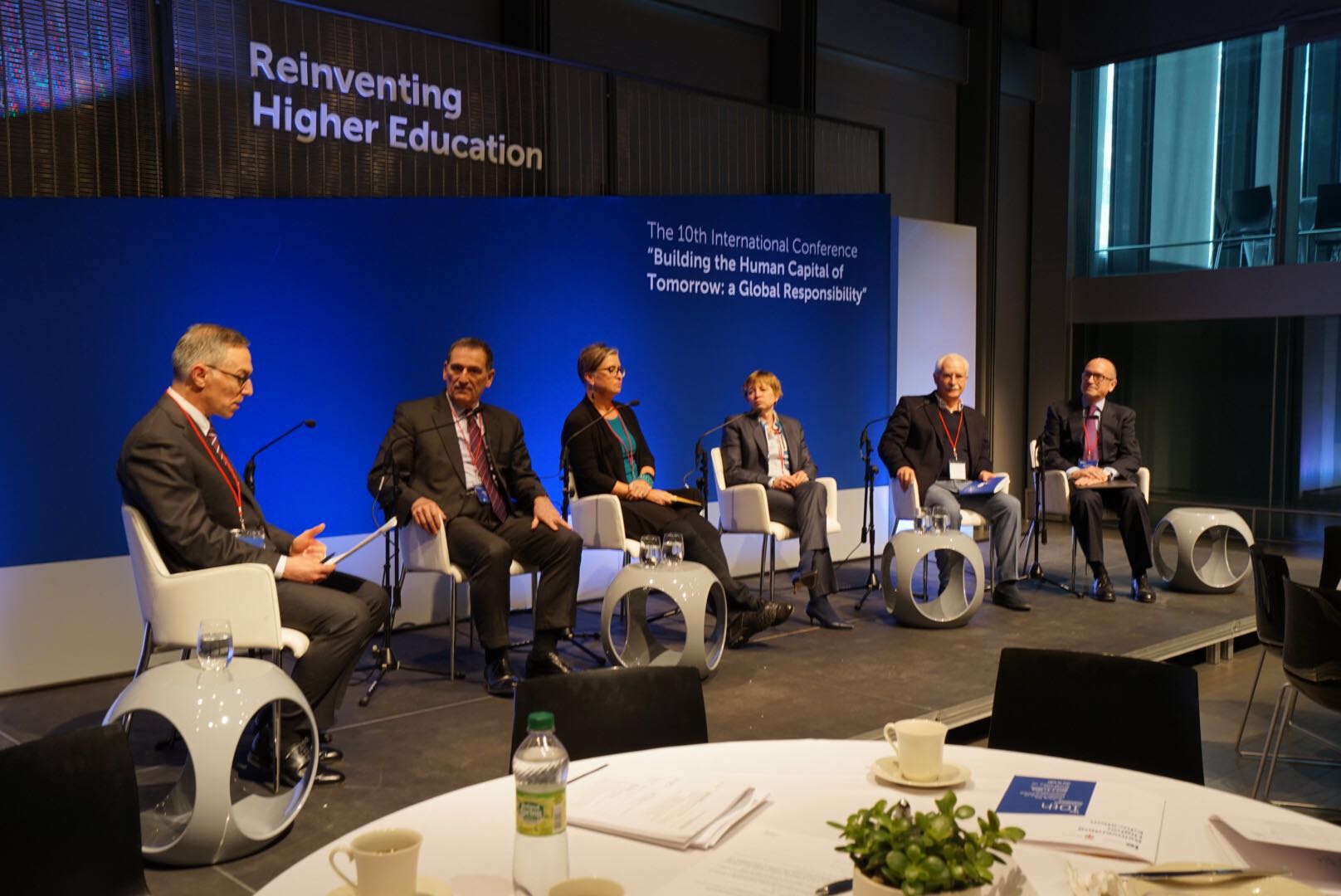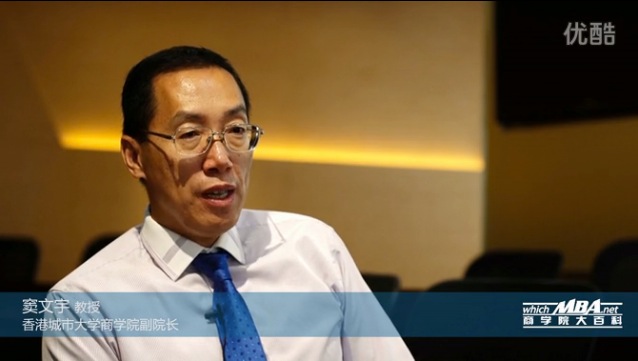Throughout the past couple of decades, there has been a growing interest in the change of workforce in academia, the government and the private sector due to technological advancement. Artificial intelligence (or AI in short), machine learning and many other technologies have transformed how people work and how industries develop.
The panel at the 10th edition of “Reinventing Higher Education”, a conference co-hosted by Brown University and IE University, focused on the topic of “the future of work” and discussed in detail what is happening to various occupations and career trajectories in different workplaces and how the higher education institutions should react to the mix of opportunities and threats. Panelists at the conference are considered thought leaders from all around the world, including Umran Inan, President, Koç University of Turkey, Maria Zuber, Vice President for Research at MIT and Santiago Iñiguez, President, IE University. The panelists discussed extensively on topics including their respective institutions’ response to the change in workforce today, and how and whether to grant more access of higher education, as well as some of the challenges facing the educational institutions today.
The thought leaders first discussed in depth what their respective institutions have done to respond to the change in workforce. Alison Lewis, Dean of the Faculty of Engineering and the Built Environment of the University of Cape Town in South Africa seems to be very optimistic. She believes that there are no gizmos that will really change the way school reacts. Many of the higher educational institutions, according to Ms. Lewis, are already responding in the right way by trying their best to engage the students and make sure that the students use their time at school wisely to develop skills for the future, many of which are, in fact, soft skills including leadership skills and emotional quotient.
Maria Zuber from MIT took a different stand and stressed the importance of the technological disruptions that are about to happen in the near future, which will lead to people displaced from their old jobs. The most important question, then, is whether these people will be able to land on new jobs. The higher educational institutions, including MIT then, should do everything they can to make sure the answer to this question is an affirmative yes. She then went on and explained how throughout the past years, MIT has put hundred of course to MOOC for free as part of the effort. Moreover, MIT has also formed partnerships with companies to help design and implement the training programs. However, one question still remains: how can universities and other stakeholders make the degree and certificate earned through taking MOOC and other online courses more acceptable among firms, government agencies, and other employers? The leaders all agree, however, that the question should be framed differently. Instead of passively reacting to the technological changes in the world today, the educational institutions should take initiative and make changes proactively.
Another topic discussed heatedly by the thought leaders is how to enhance the access of education to a greater number of people. Maria Zuber from MIT brought up the important role of high-quality MOOC again and mentioned a special caliber course system launched by MIT a few years ago. Since the online course provided by MIT are of a high level of difficulties and standard, not many people will be able to finish the entire course. MIT will Invite the top of those who finish the courses to the beautiful campus in Cambridge, MA for a boot camp and will reward their hardwork with an actual certificate. This way, a real physical connection will be built among the students and the teachers, which will give people more incentive to take online courses. This is a model that can be copied by universities around the world, even for those with limited budgets.
However, controversy has broken out over the issue of access to higher education during the discussion. President Umran Inan from Turkey holds a very different opinion from many of the other panelists and he believes that there shouldn’t be greater access to higher education at all. President Inan quoted a few statistics from the speech of Jim Yong Kim, the former President of the World Bank. Earlier during the conference, Mr. Kim briefly discussed the issue of an oversupply of college graduates, many of whom are not able to find a job after graduation. President Inan thus argued that with such an oversupply, higher educational institutions should not be giving access to more people, in order to avoid further deteriorating the already imbalanced supply and demand. Other panelists discussed the necessity of a bottom-up revolution from the elementary education system in order to successfully deal with the challenges of technological advances.
The higher educational institutions are, unfortunately, facing many other types of challenges nowadays. Many countries have been conducting tax cuts, which means less funding and endowment for many universities. For schools like MIT that is very lab and research intensive, they might be losing money on every student they accept. Moreover, the issue of inequality still persists, as many agree that the future is here but not evenly distributed, neither among countries nor among universities in the same countries. The implication of inequality is that the issues each institution needs to deal with can be extremely different. However, all the thought leaders agree that there will be huge changes coming in the near future and the higher educational institutions should step up and make sure that they can prepare their citizens to compete and thrive in the economy of the tomorrow.








